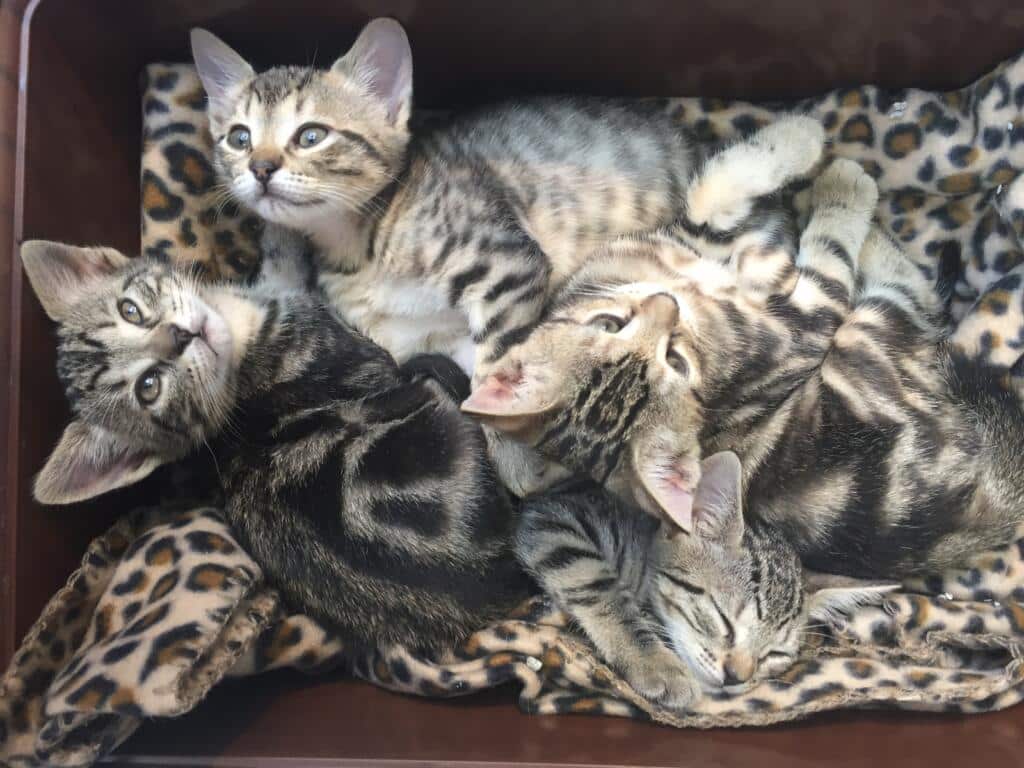Desexing, involving ovariohysterectomy in females and castration in males, entails the removal of reproductive organs to control companion animal populations and offers behavioural and health benefits.
The benefits of desexing are numerous. Desexing dogs can reduce roaming, aggression, and dominance behaviours, while in cats, it stops calling behaviour in queens, reduces spraying in toms, and minimises fighting, abscesses, and disease transmission.
In females, desexing greatly reduces the incidence of mammary cancer and diseases of the ovaries and uterus like pyometra. For dogs, the risk of mammary tumours increases with each heat cycle, making desexing a crucial preventive measure. In males, testicular tumours are eliminated, and there is a reduced risk of prostate disease, perianal tumours, and perineal hernias.
There are also some disadvantages to desexing which we need to keep in mind. Desexed females may face an increased risk of urinary incontinence, especially if desexed before 6 months of age. To mitigate this, we recommend desexing at 6 months or later.
In large and giant breed male dogs, delaying desexing until after bone growth is complete may help protect against diseases like angular limb deformities, hip dysplasia, and cranial cruciate ligament disease. For these breeds, sterilisation can be postponed until they are fully grown, usually from 12-18 months of age onwards, provided there are no compelling behavioural reasons to desex earlier.
It’s essential to monitor caloric intake as desexed animals may have a lower metabolism and reduced activity levels, potentially leading to weight gain.
Overall, while desexing decisions require thoughtful consideration, we feel the benefits of desexing outweigh the risks for the majority of dogs and cats. Desexed animals generally live longer, and the procedure helps control behavioural issues and reduces the risk of various diseases, contributing to their overall health and well-being.

